The smaller officer can be easily underestimated by an adversary who doesn't account for the old adage, "It's not the size of the dog in the fight, but the size of the fight in the dog."
Read More →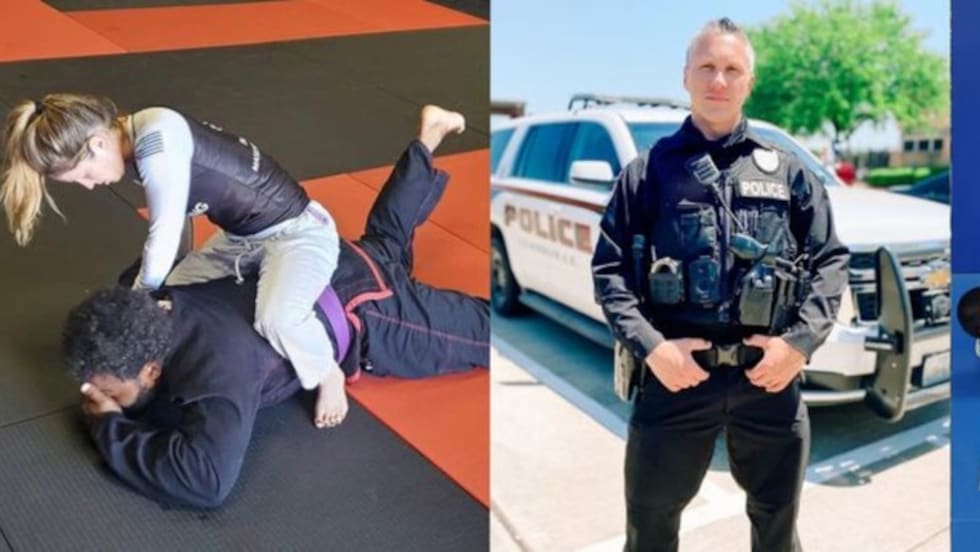
“A blue belt level of knowledge is a night-and-day difference from someone who has no experience in jiu-jitsu. It's not even a fair fight at that point."
Read More →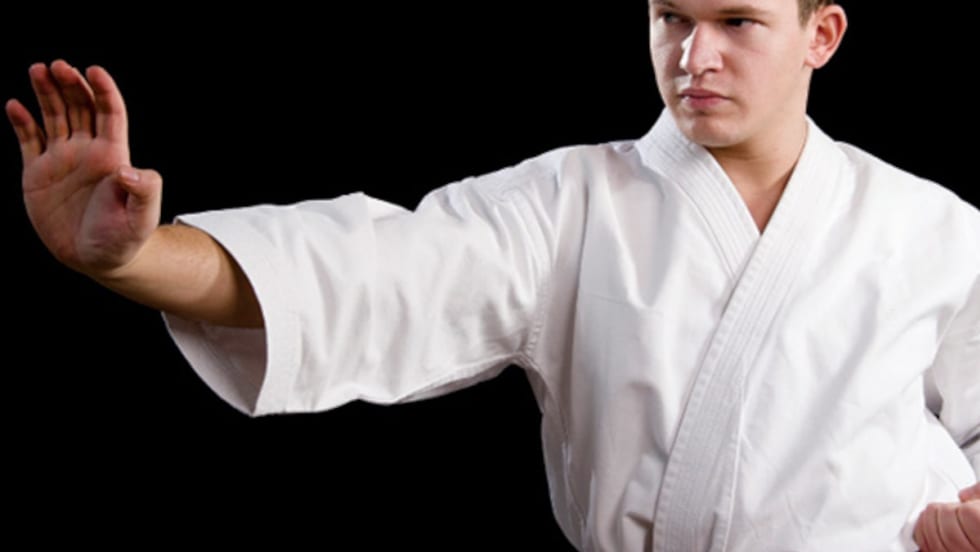
Expertise in a martial art can help you end resistance and even attacks quickly and effectively, reducing risk of injury to you and the suspect.
Read More →Included in the benefits to participating in any form of martial art are the increased fitness and flexibility one gains, as well as the psychological effect of enhanced self-awareness and self-assuredness.
Read More →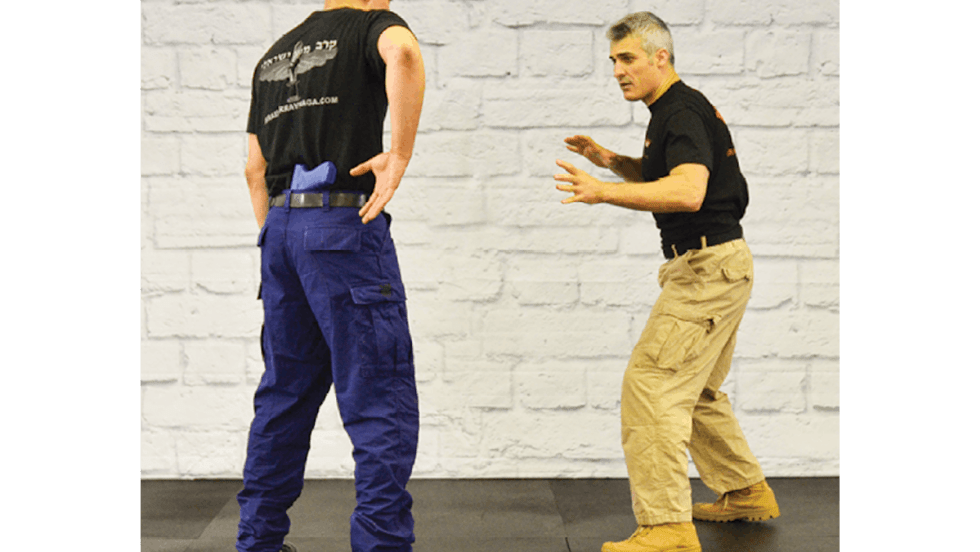
In a close-up encounter with a suspect who is drawing a concealed weapon, you are unlikely to outdraw him, but you can outfight him.
Read More →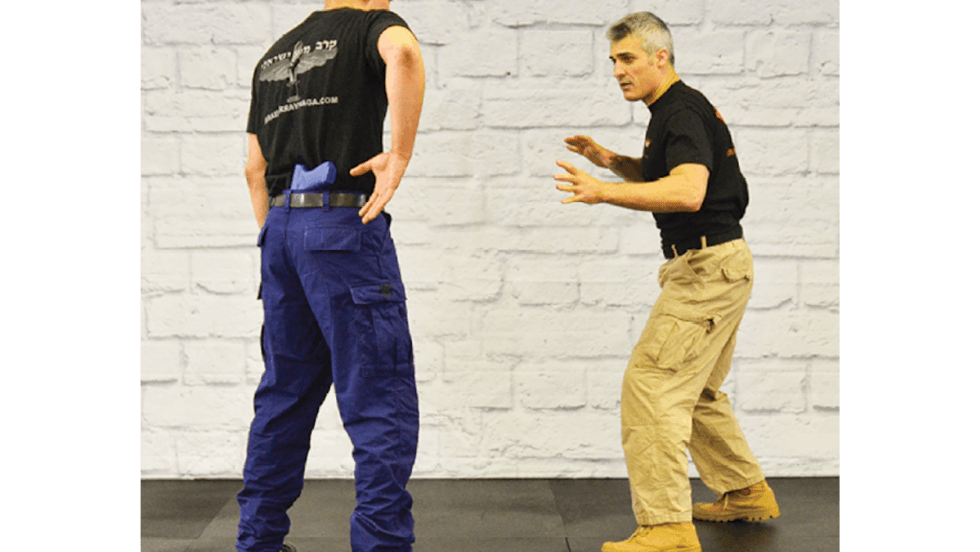
In a close-up encounter with a suspect who is drawing a concealed weapon, you are unlikely to outdraw him, but you can outfight him.
Read More →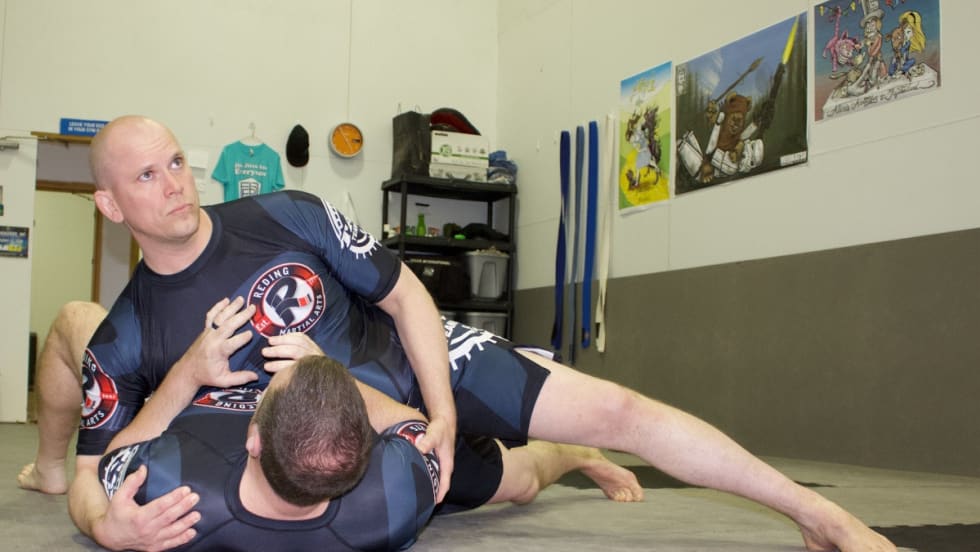
These easy to learn and simple to use techniques can help you take a resisting subject into custody.
Read More →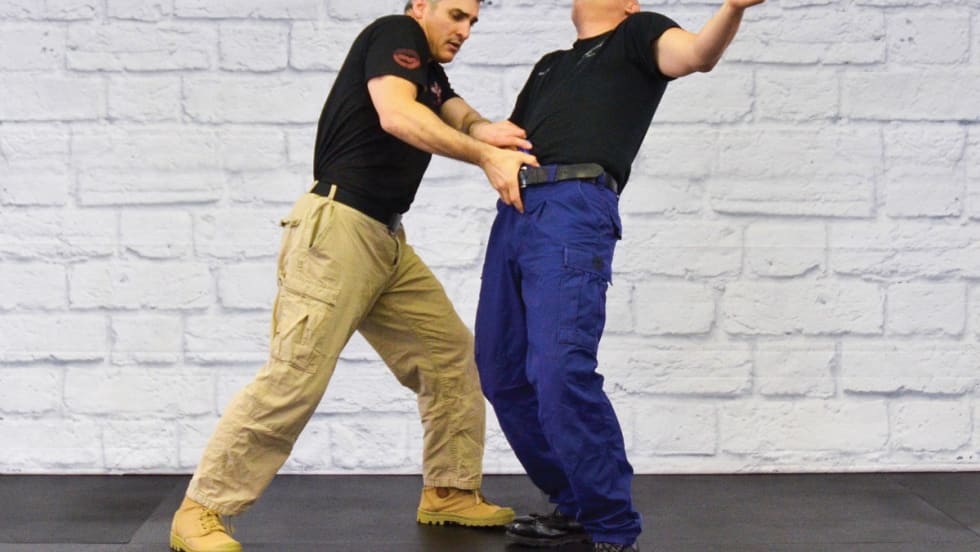
If a subject you're approaching reaches for a gun in the front of his waistband, you can use these Police Krav Maga moves to disarm him.
Read More →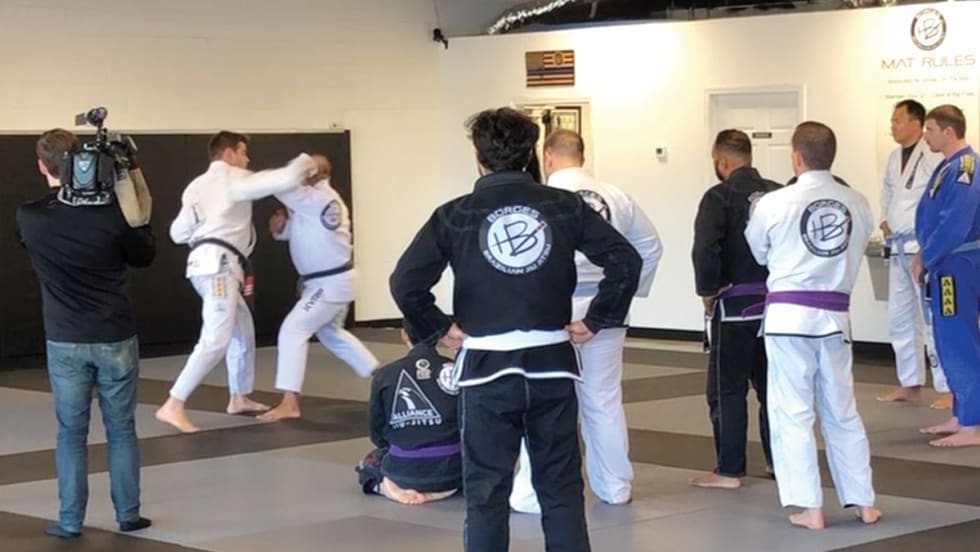
Why the Marietta (GA) Police Department made Brazilian jiu jitsu training mandatory.
Read More →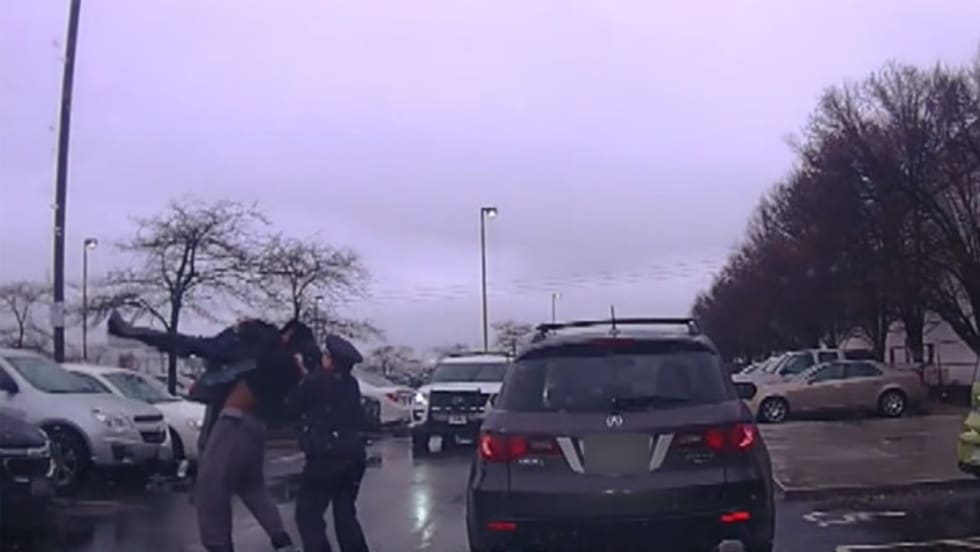
An officer with the Grove City (OH) Police Department was uninjured despite being body-slammed to the pavement in a parking lot during an arrest on Monday.
Read More →